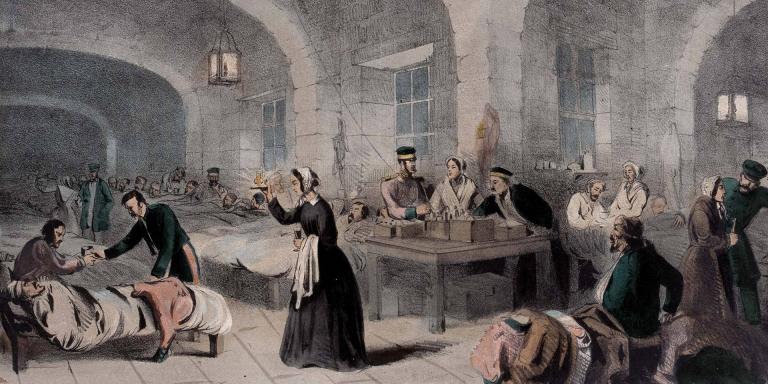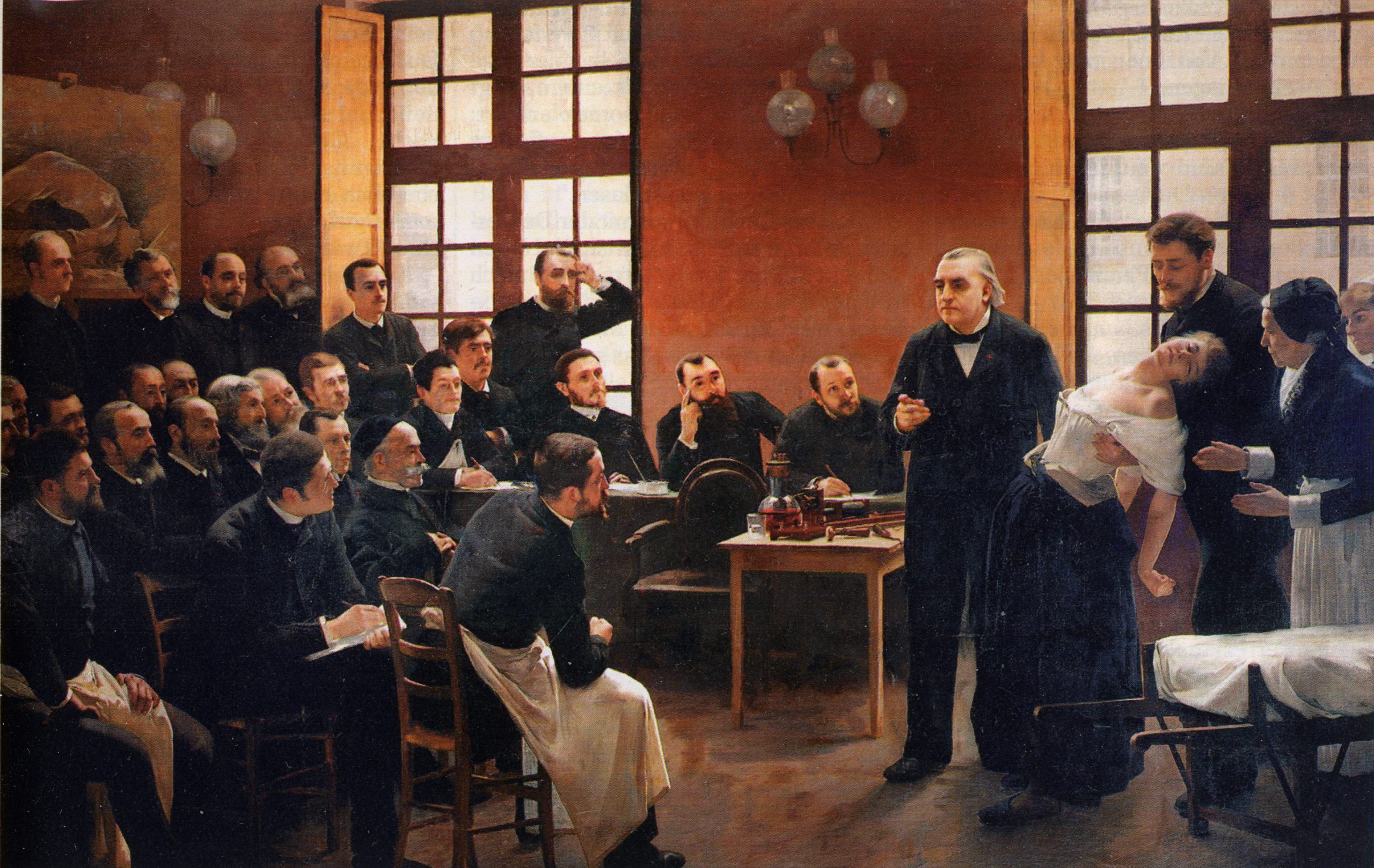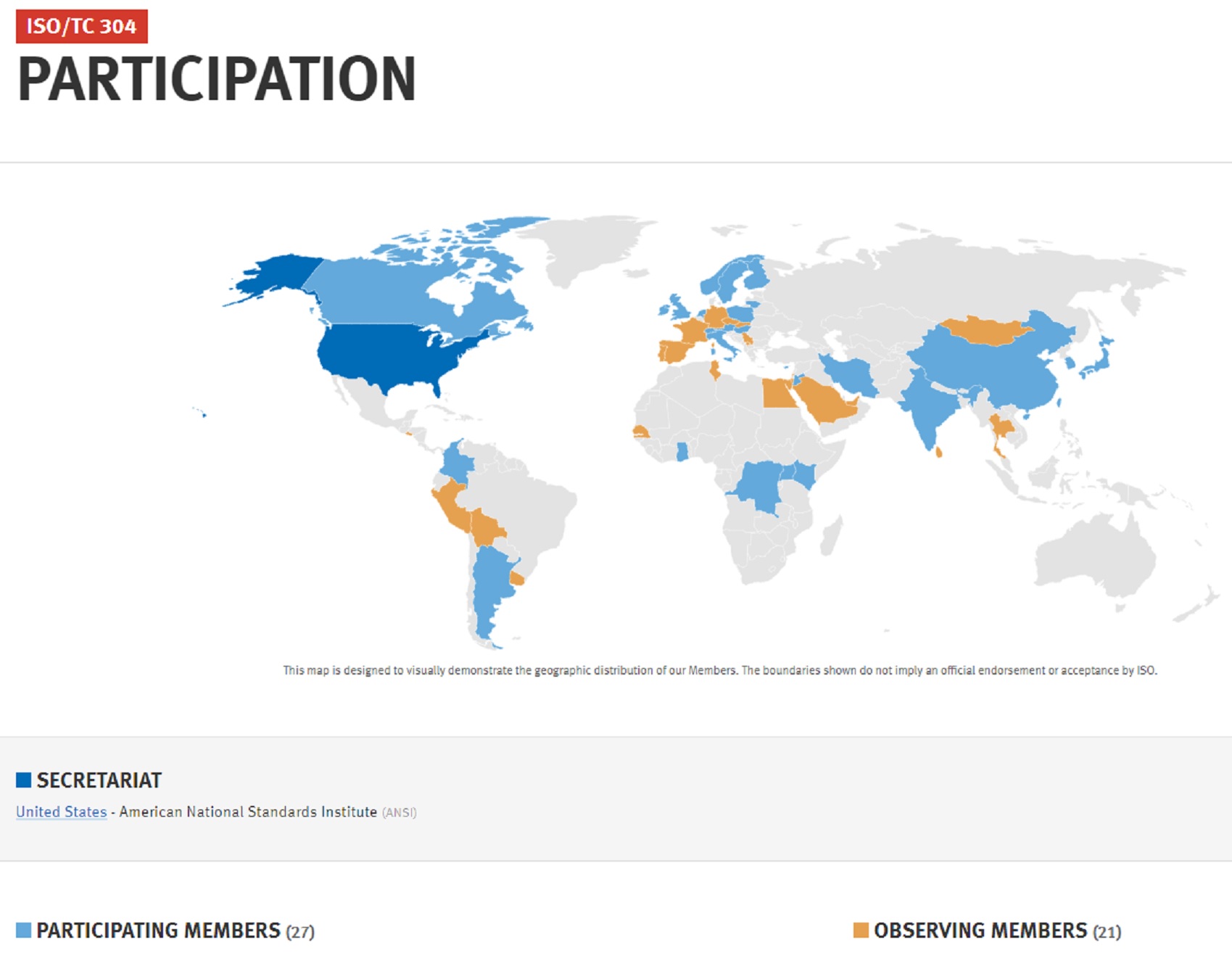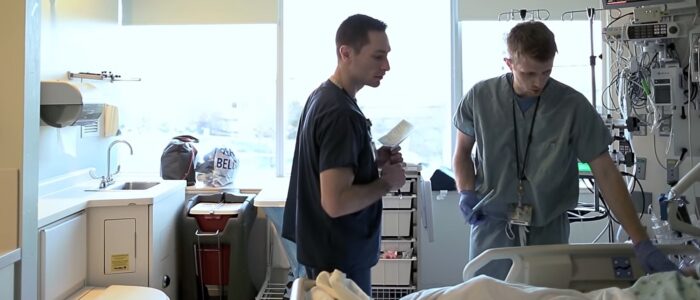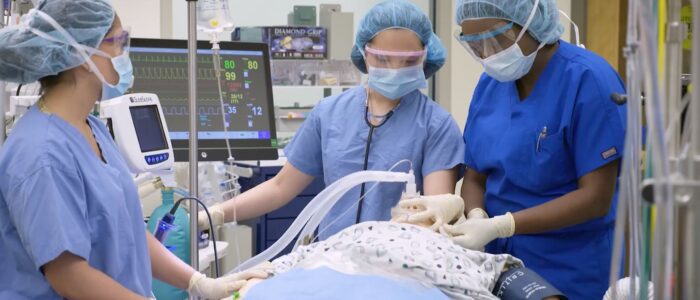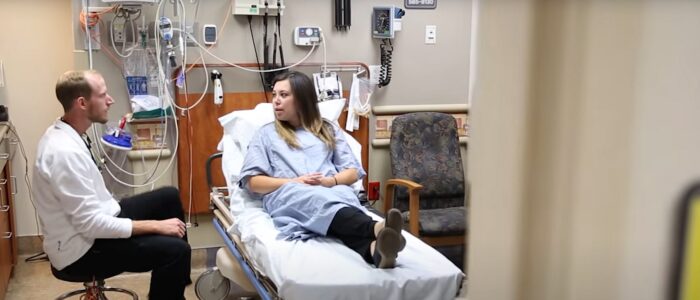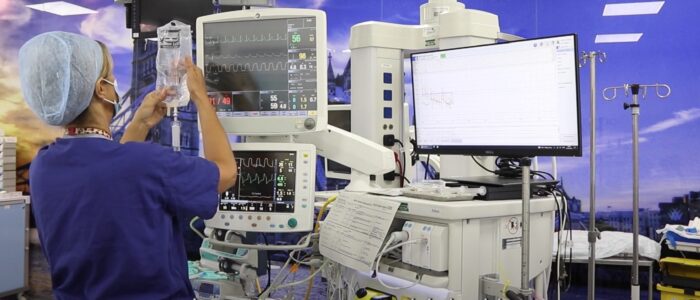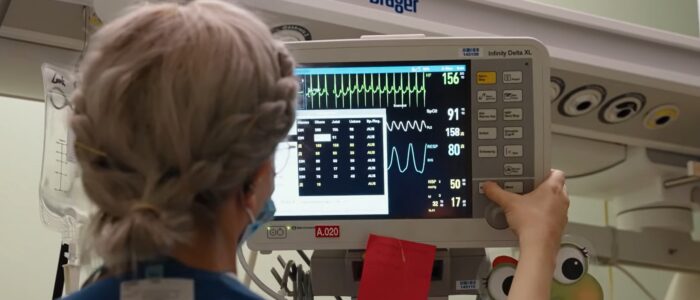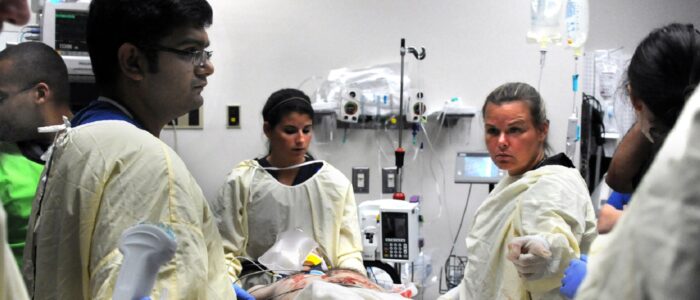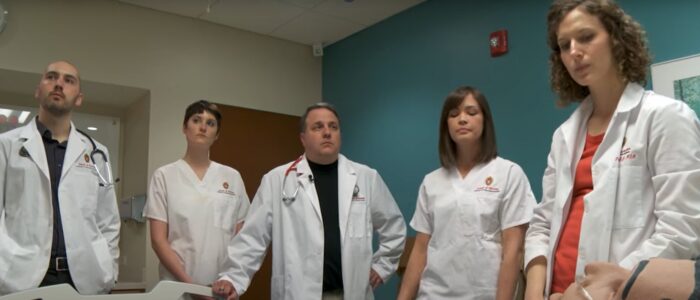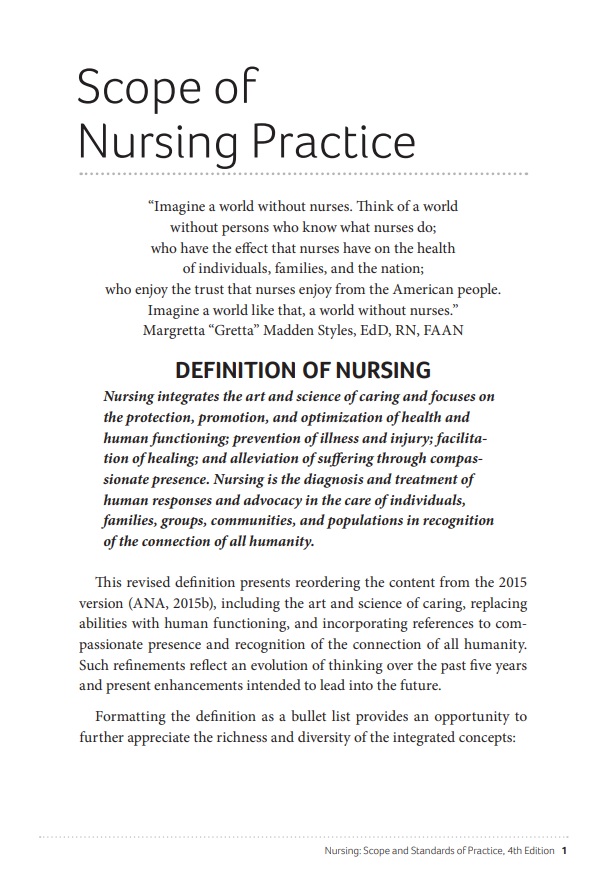Today we review the codes and standards that apply to the instructional and research facilities that support nursing science and practice. There is no single organization with a best practice catalog as there are in other disciplines we follow. Best practice is inspired by the inherited wisdom of practitioners, faculty and students who work alongside other members of healthcare provider teams.
Use the login credentials at the upper right of our home page.
Design and Implementation of a Nursing Robot for Old or Paralyzed Person
Nurses Day 2024 is around the corner. Your professional care is an essential pillar of our health system’s sustainability and growth. Thank you, nurses, for your unparalleled dedication and impact💪 https://t.co/pA7nJgiMnW#NursesDay2024 #BNAPride #CarePower pic.twitter.com/VVkvGuuXtj
— BNA UK (@britishnursing) March 15, 2024



